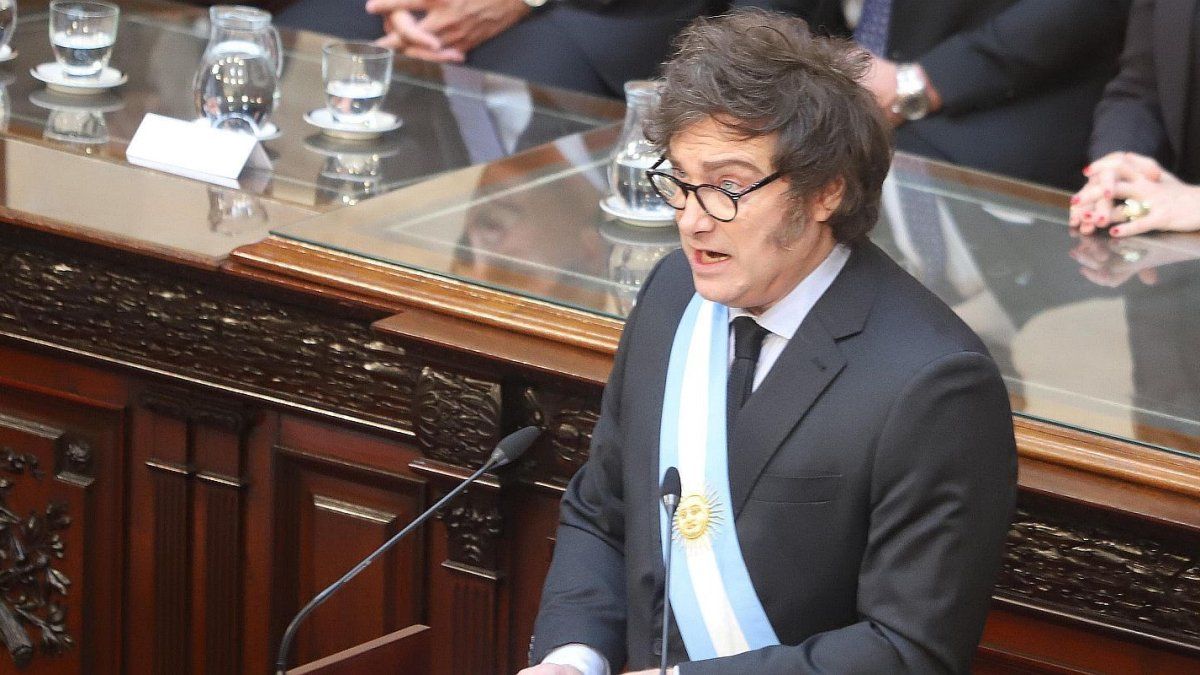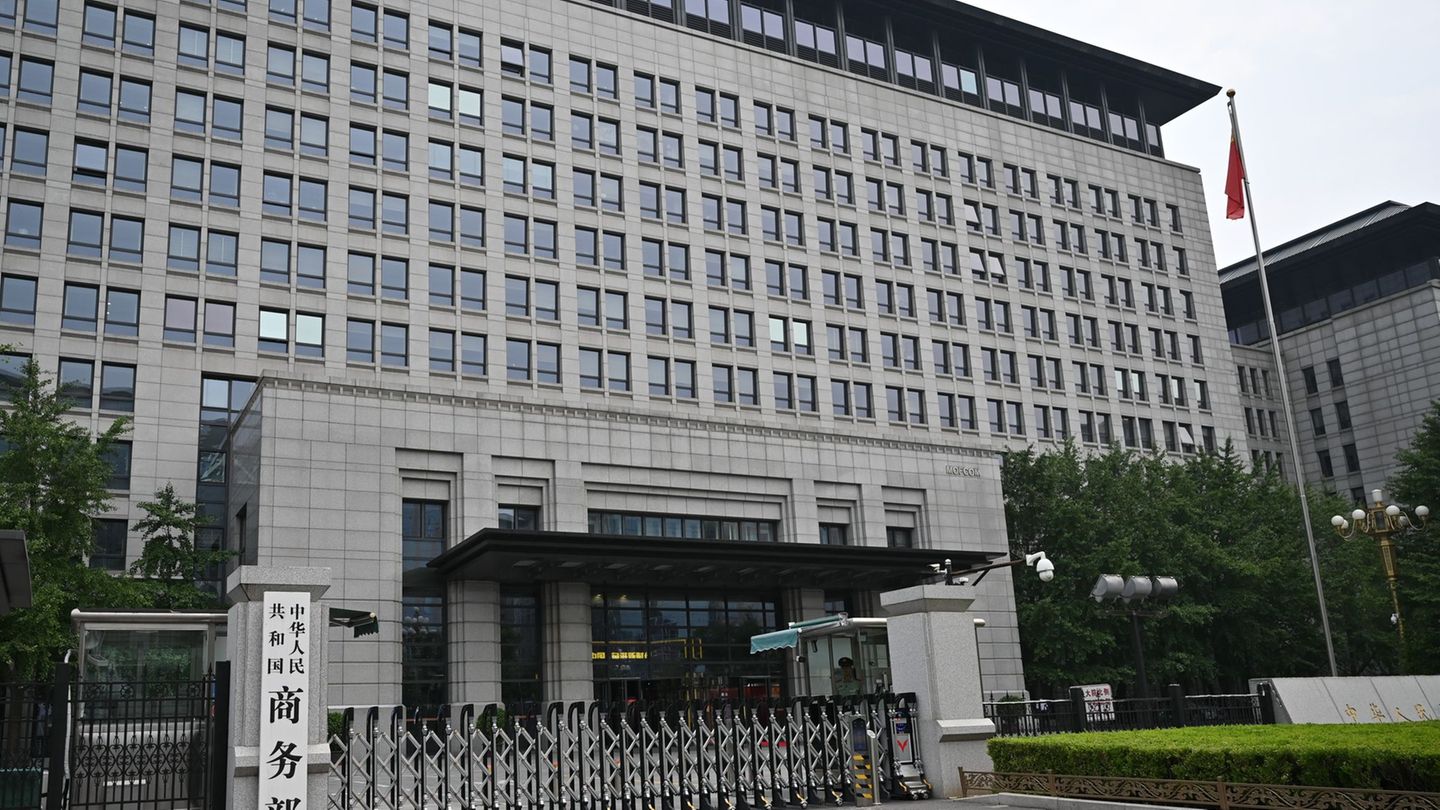The project of Budget for 2025 presented by President Javier Milei includes significant increases in key areas such as Intelligence, which receives an allocation of $354 million, following a Congressional veto of $100 million. Other sectors that see increased allocations are Defense, Homeland Security and Science.
When comparing the Government’s payrolls with the 2024 Budget, which was not approved, and adjusting the numbers with 100% inflation for this fiscal year, it can be seen that many of these increases do not represent a real improvement in the resources allocated, according to an NA cable.
At the end of this year, the results of the first year of government of Javier Milei and his Minister of Economy, Luis Caputo, will be known in detail. During this period, the Executive operated with a budget extended to 2023.
Impact on key sectors
Under the assumption of 100% inflation (the accumulated inflation for the year reached 94.8%), the increase in the funds allocated to various sectors does not reflect a real increase. In many cases, The increase is insufficient to maintain the same purchasing power as in 2024:
- Social security: Although it appears to receive a 95% increase in nominal terms, in reality, it loses value against inflation, without achieving real growth.
- Health: With a nominal increase of 150%, this sector is experiencing slight growth in real terms, but not as high as it might initially seem.
- Education and Culture: Despite showing an increase of close to 40%, these sectors also suffer a loss of purchasing power in real terms, affecting their ability to finance new projects.
Sectors with real growth
Despite the high projected inflation, some sectors manage to stand out by receiving increases that exceed the inflationary adjustment, reflecting real growth in their investment capacity:
- Defense: The budget for this area increases by more than 95% in real terms, indicating a strong focus of the government on strengthening national security.
- Internal Security: It is also experiencing significant real growth, with an increase of 91% adjusted for inflation. Security is clearly one of the priorities of Milei’s government.
- Science, Technology and Innovation: Despite the inflationary context, this area receives a significant increase of 30% in real terms.
- Foreign Relations: With a 30% increase in real terms, this area receives a considerable boost, possibly linked to the government’s internationalization strategy.
MILEI CONGRESS FUCHILA
With a 30% increase in real terms, this area receives a considerable boost, possibly linked to the government’s internationalization strategy.
Mariano Fuchila
Budget 2025: key data for the market
Inflation 2025: 18.3%
The first thing to say is that Milei and Caputo’s inflation projection is very optimistic, well above the market’s forecast. The CPI would be at 18.3% next year, far from the 104.5% that the consumer price index would increase by during the current year. It would be the lowest level of inflation since 2009 (around 14%). This implies an average inflation of 1.4% per month. The official forecast is well below the REM’s calculations, which in August anticipated an increase in the price index of 38.4% for 2025.
The government therefore expects a very strong reduction in inflation, although still far from the desired 0%. Even that goal would not be achieved during Javier Milei’s term, since for 2026 he expects 11.6% and for 2027 7.4%.
End of the COUNTRY Tax
The budget also confirms that the PAIS tax will be implemented at the end of the year, according to the fiscal projections made in the 2025 Budget.
Dollar of $1,207 at the end of 2025
The price of the dollar that the government expects for the end of 2025 reflects that it will evolve in line with the expected inflation, so the peso will no longer appreciate as it did this year.
The Government’s calculations contemplate that the official dollar will be at $1,019.90 in December of this year and an increase of 18.3% by 2025, which would take the official dollar to $1,207 in December 2025. In this way, the Government insists on maintaining its exchange rate policy, ignoring the arguments of those who point out, like the IMF, that the exchange rate is outdated.
GDP in 2025: 5% growth
For 2025, official forecasts anticipate that GDP growth will be driven mainly by industry and trade, with increases of 6.2% and 6.7%, respectively.
The agricultural sector is expected to grow by 3.5%. Overall, goods items are expected to grow by an average of 5.6%, above services, which are up by 4.4%.
On the demand side, a recovery is expected in all components; in particular, Private Consumption will grow by 4.5% and Investment, by 9.9%.
The Government expects a surplus of US$20.748 billion for next year, resulting from a 9.0% increase in the value of exported goods and services and a 13.4% increase in imports.
Primary surplus in 2025: 1.3% of GDP
The 2025 budget project envisages a financial surplus of $190,655 million, a slight surplus in terms of GDP, while the primary result would reach $1,473,426 million, that is, a surplus of 1.3% of GDP.
Source: Ambito
I am a 24-year-old writer and journalist who has been working in the news industry for the past two years. I write primarily about market news, so if you’re looking for insights into what’s going on in the stock market or economic indicators, you’ve come to the right place. I also dabble in writing articles on lifestyle trends and pop culture news.




